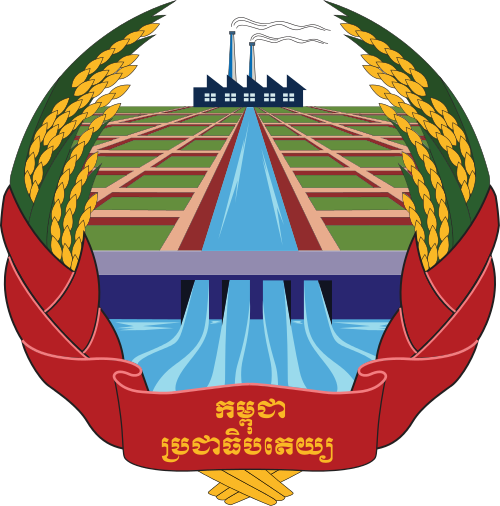The National Anthem of Democratic Kampuchea, known as “Nokor Thum” (translated as “Great Nation”), served as a vital symbol of the Khmer Rouge regime from 1975 to 1979. This anthem embodied the ideological aspirations of the Communist Party of Kampuchea (CPK) and reflected the regime’s commitment to an agrarian socialist future. In this article, we will explore the anthem’s historical context, lyrics, themes, and significance within the framework of Democratic Kampuchea.
Historical Context
When the Khmer Rouge, led by Pol Pot, seized power on April 17, 1975, they sought to transform Cambodia into a radically agrarian communist state. As part of this transformation, the regime adopted a new national anthem that would encapsulate its revolutionary ideals and unify the people under a common purpose. “Nokor Thum” was composed shortly after the Khmer Rouge came to power and became an essential element of national identity during the Democratic Kampuchea era.
Lyrics and Themes
The lyrics of “Nokor Thum” glorified the Khmer people, their sacrifices, and their struggle for liberation. While the specific lyrics may not be widely available due to the regime’s efforts to suppress historical records, the overarching themes can be identified:
- National Unity: The anthem emphasized the importance of unity among the Cambodian people, calling for collective action in the pursuit of a prosperous future.
- Revolutionary Spirit: It celebrated the revolutionary struggle against perceived oppression, portraying the Khmer Rouge as the liberators of the Cambodian people.
- Agrarian Ideals: The anthem reflected the regime’s focus on agricultural development and the return to a simpler, rural way of life. It promoted the vision of a society built on farming and communal living.
- Patriotism and National Identity: “Nokor Thum” reinforced a sense of national pride and identity, drawing on Cambodia’s rich cultural heritage and the historical significance of the land.
Performance and Significance
“Nokor Thum” was performed at various state events, including national celebrations, rallies, and military parades. The anthem was not only a symbol of the regime’s ideals but also a tool for propaganda. It was used to rally support for the Khmer Rouge’s policies and to instill a sense of loyalty among the population.
State and Public Display
The anthem was played at official ceremonies and gatherings, where citizens were expected to demonstrate their allegiance by standing in reverence. Schools, government offices, and other institutions incorporated the anthem into their routines, reinforcing its importance in daily life.
Legacy and Historical Reflection
The National Anthem of Democratic Kampuchea holds a complex legacy. While it served to unify the Khmer Rouge regime and promote its ideology, it is also a reminder of the suffering endured during this dark chapter of Cambodian history. The anthem is often referenced in discussions about the Khmer Rouge and their impact on Cambodia, as well as the broader themes of nationalism and identity in post-colonial societies.
Modern Perspectives
In contemporary Cambodia, the anthem is rarely referenced in official discourse, as the nation seeks to move beyond the trauma of the Khmer Rouge era. However, understanding “Nokor Thum” is crucial for grasping the ideological motivations of the Khmer Rouge and the ways in which they sought to manipulate national identity for their ends.
Conclusion
The National Anthem of Democratic Kampuchea, “Nokor Thum,” played a significant role in shaping the identity of the Khmer Rouge regime and reflecting its revolutionary ideals. While it served as a rallying cry for unity and patriotism, it also stands as a symbol of the complexities of Cambodian history during the late 20th century. As Cambodia continues to heal and reflect on its past, the legacy of its national symbols, including the anthem, remains an essential part of that narrative.









